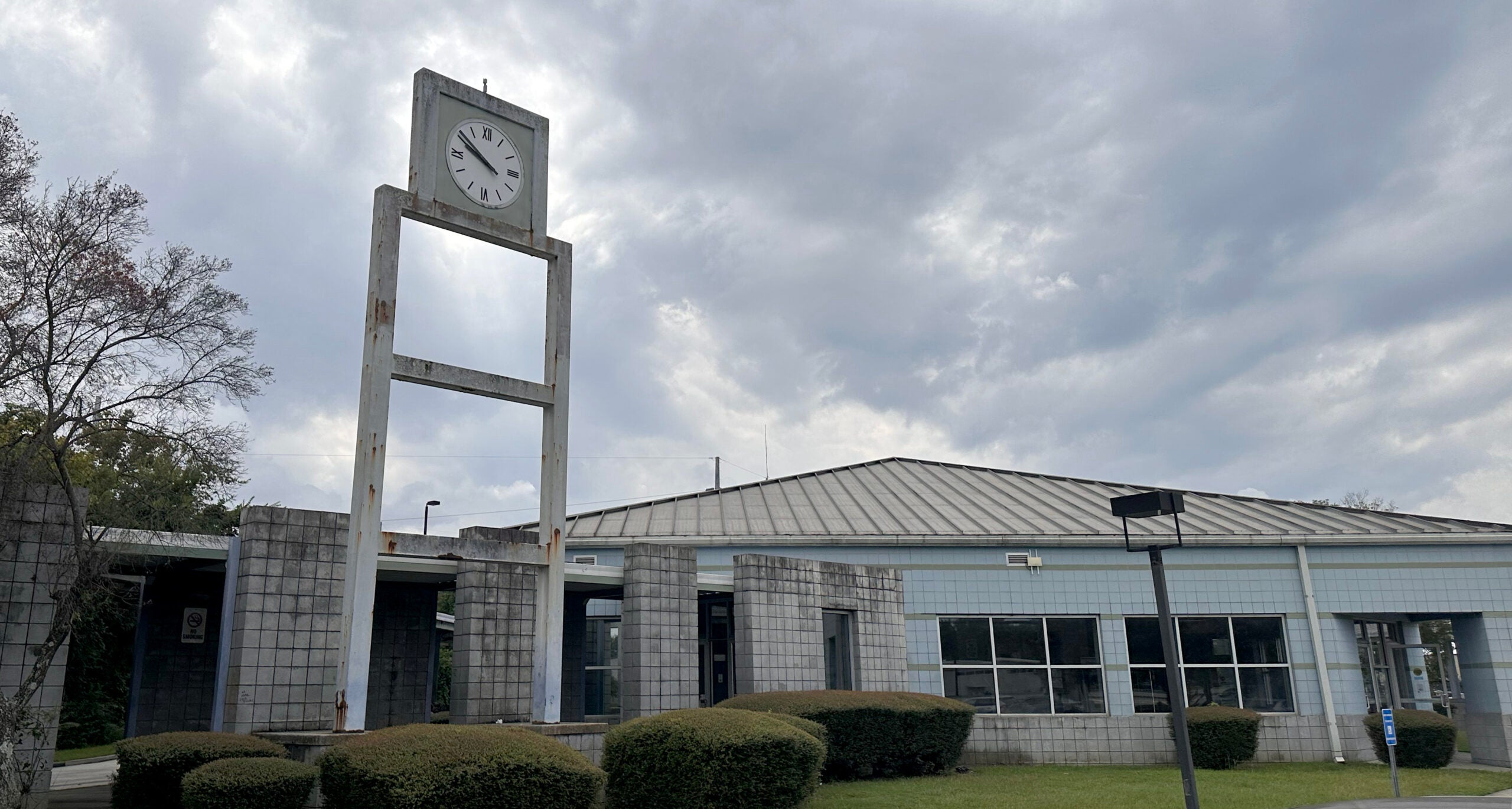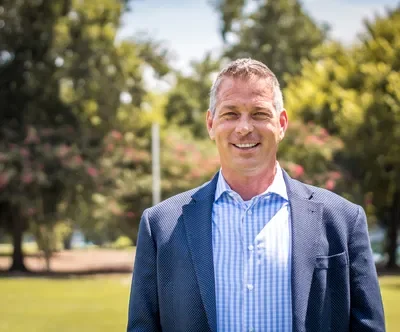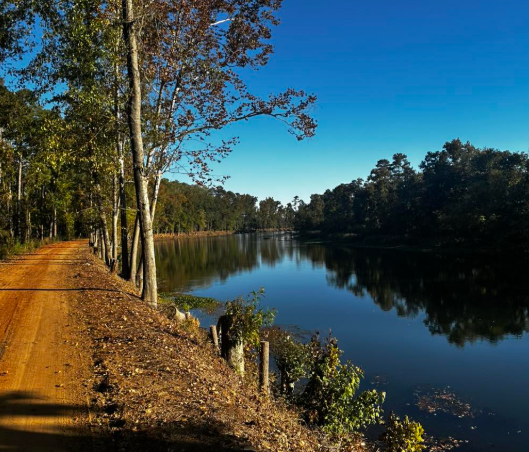Augusta bus service has changed in recent years from the relocation of transit maintenance and operations to Gordon Highway and the adoption of solar-powered shelters and electric buses to a rebranding as “Augusta Transit.”
What else does Augusta Transit need? An accessible downtown hub for riders of all stripes to connect with their desired transit route, city officials say.
The city is applying for a $1.7 million grant to “reconnect, rejuvenate and recharge” the Broad Street transfer facility, said Daniel Evans, longtime community development manager for Augusta Housing and Community Development.
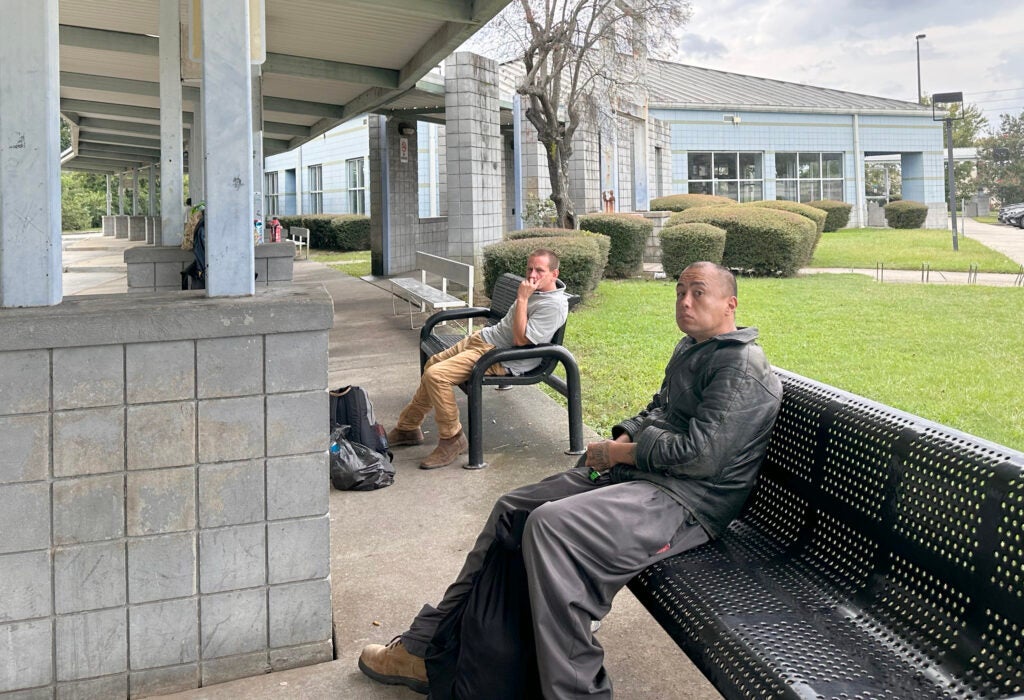
Evans and deputy transit director Oliver Page are co-applicants for the federal grant, which couldn’t come at a better time.
The 1546 Broad St. transfer facility opened in 1991. It’s rated “marginal to poor” under Federal Transportation Administration standards and suffers from increasing maintenance, repair and energy costs, according to a handout.
Wednesday afternoon, the hub for transfer between six bus routes was nearly empty. An analog clock part of the building’s original design had stopped at 9:50, and homeless individuals took shelter under bus stop awnings.
Evans said the prevalence of unsheltered people at the facility appeared to have increased since it became the primary station for regional motor coach operators.
The facility took on the role of bus station for Greyhound and Southeastern Stages in 2018.
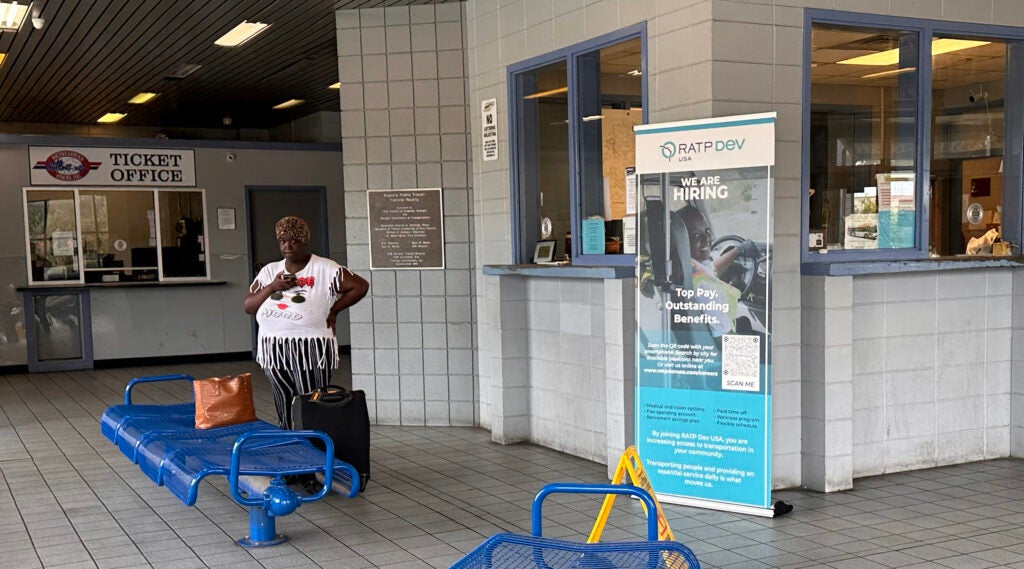
The grant will fund an analysis of the facility’s accessibility to neighborhood employment, shopping, education and recreation that will consider other potential locations, Evans said.
The facility sits on the Augusta Canal by the city’s fleet maintenance facility and has been eyed for sale or relocation. The location is hamstrung by a rail line, which Evans said brings bus traffic to a halt.
Access was further hampered by the nearby extension of Greene Street to River Watch Parkway in 2009.
Overall, the grant is an effort to modernize and repurpose use of the transfer facility by all, that will potentially incorporate multi-modal uses such as electric vehicle chargers and integration with nearby bike and pedestrian paths, Evans said.
Public transit use in Augusta is expected to increase, and not just among those who have to use it.
“We expect higher ridership by folks that are not dependent on public transit, but prefer to use it,” he said.

